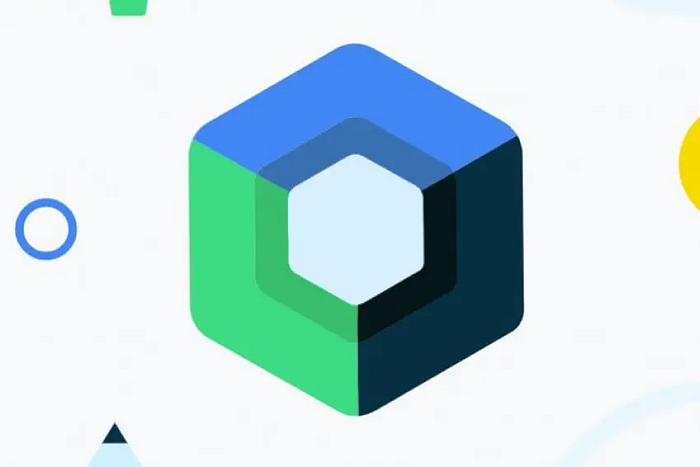Jetpack Compose — The Future of Android Development

Android development has been witnessing a paradigm shift in recent years, ushering in an era of more streamlined, intuitive, and powerful development tools. At the centre of this evolution stands Jetpack Compose, Google’s modern toolkit for building native UI. It is swiftly becoming the preferred choice for Android developers worldwide, and rightly so. In this blog post, we’ll delve into why Jetpack Compose is not just an addition to Android development, but the future of it.
Declarative UI Approach
Jetpack Compose employs a declarative UI approach, a significant shift from the traditional imperative programming model. Instead of manipulating UI objects in your code (think findViewById in Android), you describe the UI state and let the system take care of rendering the interface. This approach leads to more readable, concise, and maintainable code, making developers’ lives significantly easier.
Reduce Boilerplate Code
Jetpack Compose drastically reduces boilerplate code. With its composability feature, developers can create reusable and self-contained UI components, or ‘Composables’, reducing the need for repetitive code. This results in cleaner, more organized codebases, enabling developers to construct sophisticated UIs with fewer lines of code.
Kotlin-Based
Jetpack Compose is entirely Kotlin-based, making full use of Kotlin’s modern language features such as Coroutines, DSL, and null safety. Kotlin’s conciseness and safety make the development process more efficient and enjoyable, leading to fewer runtime errors and crashes. Its seamless interoperability with Java ensures that developers can gradually adopt Compose in existing projects without having to rewrite the entire codebase.
Seamless Integration with Jetpack Libraries
Jetpack Compose was developed keeping in mind to work seamlessly with existing Jetpack libraries, like ViewModel, Navigation, LiveData, and Room. These libraries represent a suite of tools that help developers adhere to best practices, reduce boilerplate code, and write code that works consistently across Android versions and devices.
State Management
Jetpack Compose introduces state management through the concept of “State.” The state is a core part of the Compose framework and represents mutable data that drives the UI. When the state changes, Compose automatically triggers a recomposition, updating the relevant parts of the UI to reflect the new state.
Powerful Animation APIs
Creating animations in Android has been traditionally challenging. Jetpack Compose simplifies this with its powerful yet easy-to-use animation APIs. Developers can now build complex animations with ease, improving the overall aesthetics and UX of their applications.
Tooling Support
Android Studio is fully equipped to work with Jetpack Compose. This includes code completion, preview functionality, and debugging tools. The design tools allow developers to see previews of their Composables, drastically speeding up the UI development process.
To conclude, Jetpack Compose is an extremely promising framework that offers a modern, powerful, and efficient approach to building Android applications. Its emphasis on simplicity, flexibility, and reduced boilerplate code, coupled with its seamless integration with existing Android tools and libraries, positions it as the future of Android development.
Of course, technology has its learning curve and challenges. Developers will need to invest time and effort into learning the ins and outs of Jetpack Compose. However, with the clear advantages that it brings to the table, this investment will undoubtedly pay off in the long run, positioning developers at the forefront of Android development’s exciting future.
